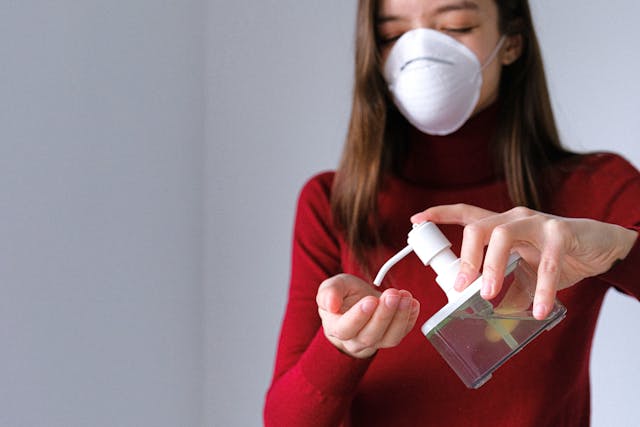Human Metapneumovirus HMPV: What It Is Symptoms, Risks, and Prevention Tips
0
0
votes
Article Rating
Subscribe
Login
0 Comments
Oldest
Newest
Most Voted
Inline Feedbacks
View all comments





